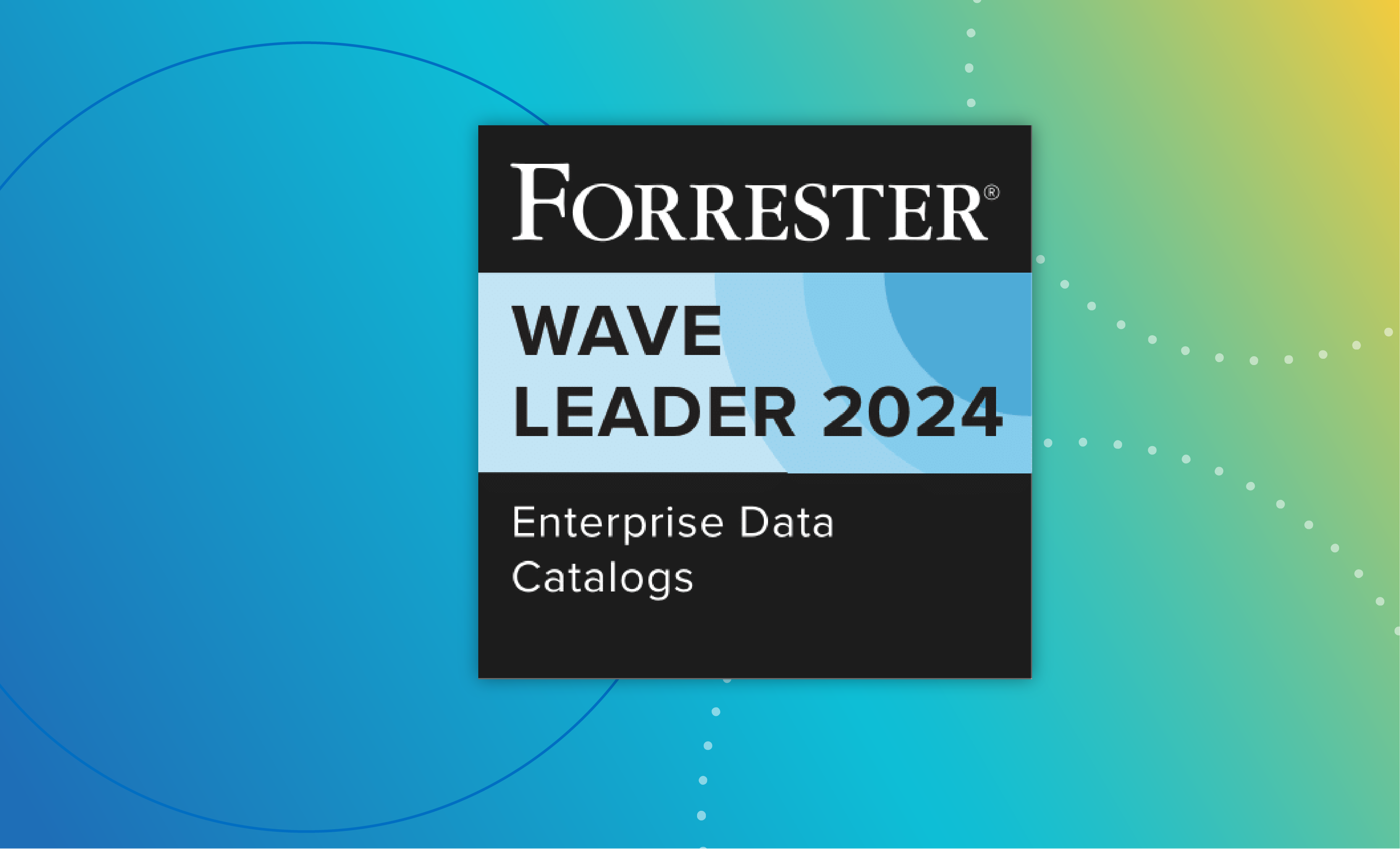We see you. You’re drowning in vast volumes of data — and, if you’re a data professional, it’s only going to get worse.
By 2025, there will be 175 zettabytes, according to an IDC report sponsored by Seagate. Imagine. 1 zettabyte is 1 billion terabytes.
Amidst this data explosion, you’re also facing the risk of hefty fines for data privacy breaches, which cost more than $1.5B in 2018 and 2019 alone.
However, getting the most out of your data catalog doesn’t mean you need to boil the ocean. Data prioritization is a key element of the data catalog journey.
Our recently released Data Catalogs For Dummies, Collibra Special Edition can help you thrive amid the tidal wave of data.
Get the ebook to get all the insights you need.
In this blog, we’ll touch on the following:
- Defining data catalogs
- What to do first once you have a data catalog
- Simplifying your data stewards’ life
- Building trust in your data with your data catalog
Defining data catalogs and why they’re critical now
Data catalogs provide an inventory of searchable metadata about your data, turning the chaos into an organized, searchable system.
When you’re creating your data catalog, you’ll want to focus on high-value, high-demand data. It doesn’t make sense to use resources to pull in data that won’t be utilized.
Your data governance and privacy programs are critical to protecting your business from a range of costly threats. But leveraging your data catalog to drive data governance and privacy is new to your business.
So how do you get maximum value out of your new data catalog?
The primary role of the data catalog is to leverage metadata to make digital assets easier to find, use, and trust. When you can find, use, and trust data, you’re in a position to drive business decision-making informed by data.
Got your data catalog? Now what?
Once you have a data catalog in place, you still need to figure out how to implement it.
Your first step is to take stock of your organizational data landscape and chart out your data catalog roadmap. This roadmap will offer a clear picture of your current state and your desired destination.
Remember, your organization is unique with a unique ecosystem of data sources and requirements.
Focus on high-demand, high-value data to ensure you’re supporting your business optimally and efficiently.
***
7 critical steps to reaching data intelligence with a data catalog:
- Assess data assets: You need to know what you have, where it’s stored, and how it’s being used.
- Define data standards: You need to codify how data should be collected, processed, and stored, including everything from data types and formats to naming conventions and data validation rules
- Implement a data catalog: Your data catalog will serve as your central repository for all your organization’s data assets.
- Foster data literacy: To educate your colleagues, you’ll want to develop a program to communicate the importance of data and how to use it in training programs, workshops and other initiatives that encourage data-driven decision-making.
- Promote data-driven decision making: Creating a data-driven culture drives better business outcomes, according to a recent IDC study.
- Ensure data quality: It’s essential to ensure your data catalog has accurate, up-to-date, trustworthy data. Data quality checks, data validation, and ongoing monitoring of data quality will help.
- Monitor usage and performance: With Collibra Usage Analytics, you can see just how active your colleagues are on your Collibra data catalog.
***
Building trust with your data
Once you know what you’re working with, you might think it’s going to be easy to forklift a ton of metadata into your new data catalog.
The truth is if you don’t trust the quality and provenance of your data, then what good is your catalog?
Your task as the data leader is to delegate workflow checks which verify owners, provide descriptions, define and certify metrics, and link lineage and quality information.
The completeness of these checks will give you and your business users a multivariate score, an at-a-glance tool for gauging trust in the data source. Plus, you’ll enable data consumers to rate the data and provide additional details, feedback, and context.
Why? Your consumers are actually a community of real people with relevant experience, domain expertise, and wisdom you can put to work. Embracing the social angle of a data catalog informs other users in choosing the high-value data they need for their own purposes.
Get smart about implementing and optimizing your data catalog
In this blog, we’ve just touched on how to maximize your data catalog. There’s a lot more helpful information in Data Catalogs for Dummies, Collibra Special Edition.
Get your free copy of Data Catalogs For Dummies, Collibra Special Edition — and learn how you can:
- Take steps to control your data
- Identify the right data catalog
- Maximize the value of your data catalog
- Use your catalog for governance and privacy
- Build a foundation for data intelligence
Get Data Catalogs For Dummies, Collibra Special Edition today.




